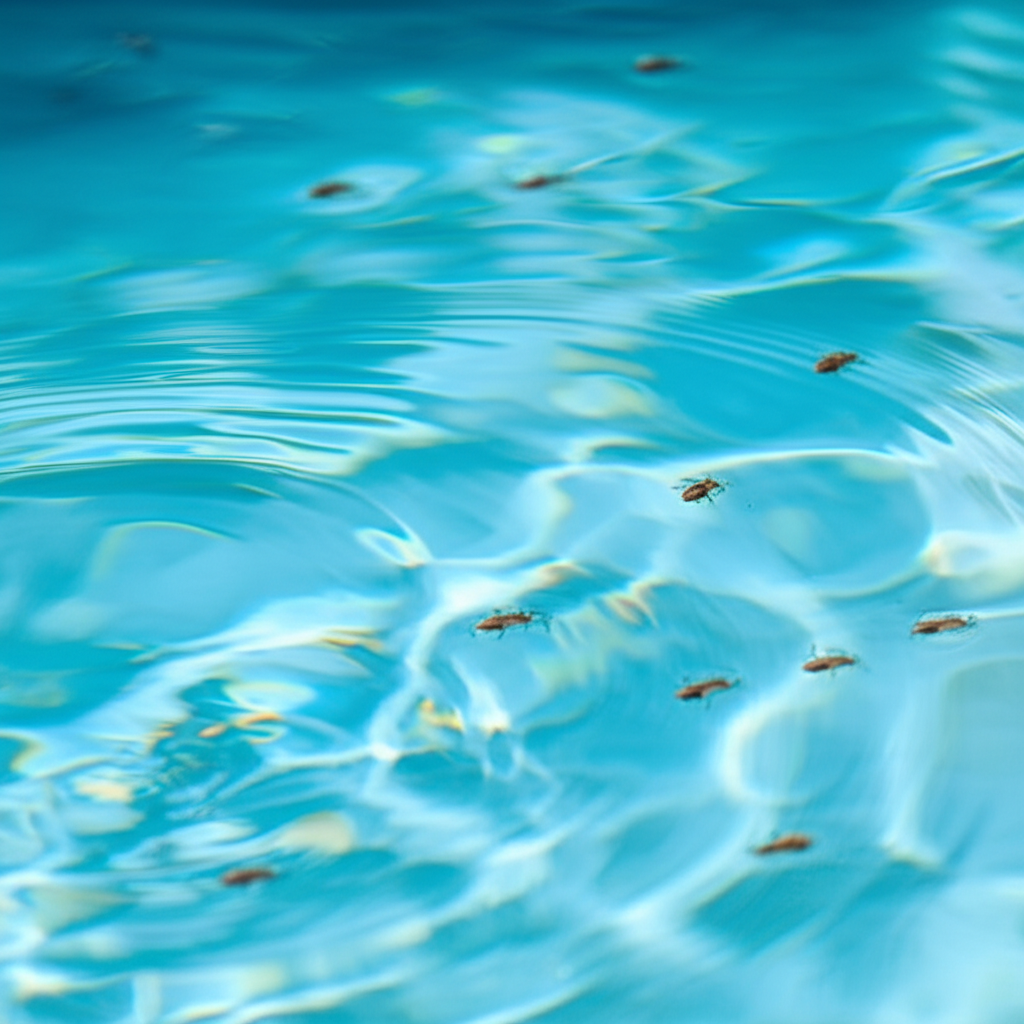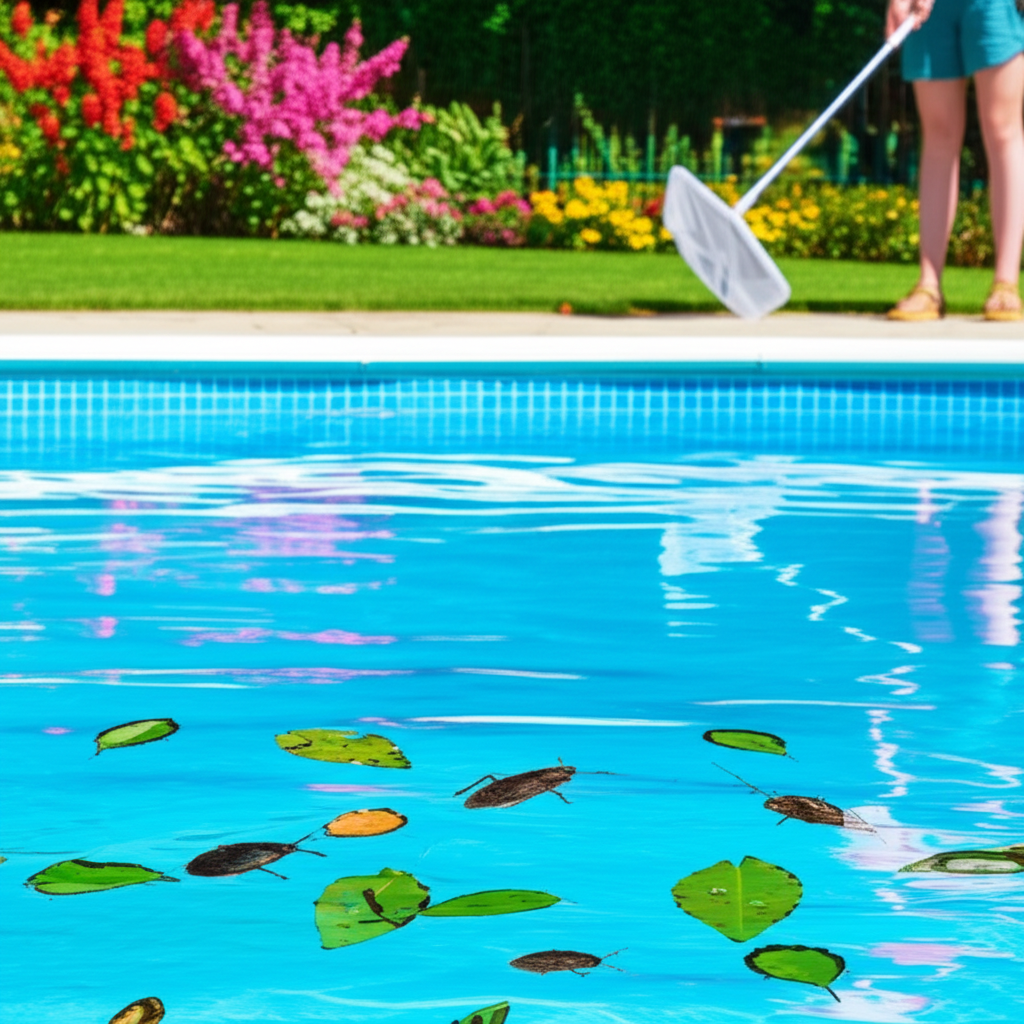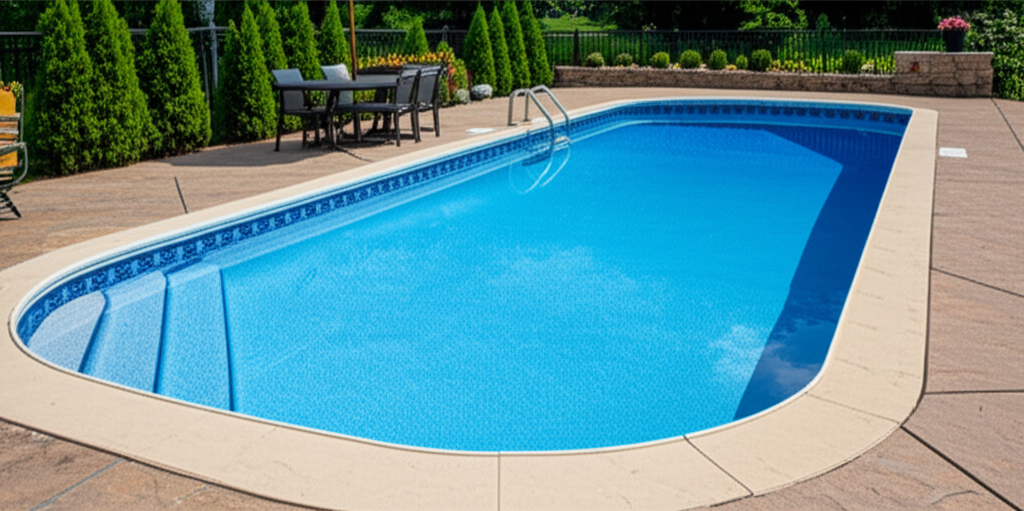- Understanding Your Foe: Common Pool Water Bugs
- Why Do Water Bugs Choose Your Pool?
- Immediate Action: Instant Solutions for Existing Water Bugs
- Long-Term Strategies: Keeping Bugs Out of Your Pool for Good
- Your Proactive Arsenal Against Water Bugs
Water Bugs: The sight of these creatures skittering across the surface of your sparkling pool can quickly turn a refreshing oasis into a source of dread. Whether they’re darting, diving, or simply floating, unwanted insects sharing your swimming space are not just an annoyance; they can be a significant deterrent to enjoying your backyard haven. But fear not, reclaiming your pool is entirely possible with the right knowledge and a proactive approach. This guide will walk you through understanding these common invaders and implementing effective strategies to achieve a bug-free swimming experience.
Understanding Your Foe: Common Pool Water Bugs
Before you can effectively battle these tiny invaders, it helps to know who you’re up against. Several types of insects are commonly mistaken for general “water bugs,” each with its own characteristics:
Water Boatmen: These oval-shaped insects are typically brown or black and propel themselves through the water using their oar-like hind legs. They primarily feed on algae and decaying plant matter, making algae a prime attractant to your pool.
Backswimmers: Often confused with water boatmen, backswimmers are easily identified by how they swim – on their backs, with their lighter undersides facing upwards. They are predators, feeding on smaller insects and even tadpoles. They also possess a “bite” that, while not dangerous, can be quite painful, akin to a bee sting.
* Diving Beetles: Ranging in size and often dark-colored, these beetles are strong swimmers that can hold air under their wing cases to breathe underwater. Both adults and their larvae are predatory, feeding on other aquatic insects and even small fish.
The presence of any of these is a clear sign that your pool environment, even temporarily, has become hospitable to them.
Why Do Water Bugs Choose Your Pool?
Like any creature, water bugs are drawn to a place that offers food, shelter, and suitable breeding conditions. Your pool, unfortunately, can tick all these boxes:
1. Algae Growth: This is the number one attractant for water boatmen. If your pool has even a slight greenish tint or slimy patches, you’re unwittingly broadcasting a dinner invitation.
2. Other Insects: Backswimmers and diving beetles are predators. They often follow the food chain, meaning if water boatmen and other small insects are present (attracted by algae), the predators will soon follow.
3. Light Sources: Pool lights, especially at night, can attract a variety of flying insects. Some of these may land on the water, becoming prey for aquatic bugs or simply getting stuck, creating an unwitting buffet.
4. Stagnant Water: Pools that aren’t regularly circulated or filtered, or those that have been neglected for a period, become ideal breeding grounds for various undesirable organisms, including insect larvae.
5. Surrounding Vegetation: Overgrown plants, standing water in nearby containers, or even dense shrubbery close to the pool can provide shelter and breeding sites, making it easier for bugs to migrate.
Immediate Action: Instant Solutions for Existing Water Bugs
When you’re faced with an active infestation, immediate action is necessary to clear your pool.
1. Manual Removal: For individual bugs, a good skimming net is your first line of defense. Scoop them out diligently, especially at dawn when they may be most active near the surface.
2. Addressing Algae: If water boatmen are in residence, a cloudy or green pool is likely the cause. Shocking your pool with a higher-than-usual dose of chlorine, combined with brushing and vacuuming, will kill algae and disrupt their food source. Ensure your filter is running continuously during this process.
3. Vacuuming: For bugs that have settled on the bottom or for thorough cleanup after shocking, a pool vacuum (manual or robotic) can effectively remove dead bugs, debris, and any lingering algae.
4. Enzyme Products: Some pool enzyme products can help break down organic matter in the water, which can contribute to algae growth and bug food sources, making the water less appealing over time.
Long-Term Strategies: Keeping Bugs Out of Your Pool for Good
While immediate action clears the present problem, sustained effort is vital for keeping bugs out of your pool permanently. Prevention is always better than cure.
1. Impeccable Pool Chemistry: This is paramount. Regularly test and balance your pH, alkalinity, calcium hardness, and sanitizer levels (chlorine, bromine, etc.). A properly sanitized pool is an unhealthy environment for algae, and therefore, for many water bugs.
2. Consistent Circulation and Filtration: Run your pool pump for an adequate amount of time each day (typically 8-12 hours, depending on pool size and usage). This keeps the water moving, deterring stagnant-water lovers, and ensures your filter can remove microscopic particles that could otherwise feed algae. Backwash or clean your filter regularly.
3. Regular Cleaning: Skim debris daily, brush your pool walls and floor weekly, and vacuum regularly. This prevents organic matter from accumulating and becoming an attractant. Pay special attention to corners and steps where debris can settle.
4. Combat Algae Proactively: Beyond keeping chemistry balanced, consider using an algaecide as a preventative measure, especially during warm weather or if your pool is prone to outbreaks. Even invisible algae can attract water boatmen.
5. Smart Lighting Choices: If possible, swap incandescent pool lights for LED lights that emit less UV radiation, which is highly attractive to night-flying insects. Alternatively, install yellow bug-light bulbs in nearby outdoor fixtures. Turn off unnecessary lights around the pool at night.
6. Use a Pool Cover: A solid pool cover, especially when the pool is not in use, acts as a physical barrier. It prevents flying insects from landing on the surface and aquatic bugs from accessing the water. Solar covers also help, but a more robust cover offers better protection.
7. Maintain Your Pool Surroundings: Keep grass mowed, trim shrubs and trees away from the pool edge, and eliminate any standing water sources (like bird baths or forgotten buckets) in your yard. This reduces breeding grounds and entry points for various insects.
Your Proactive Arsenal Against Water Bugs
Conquering your pool nightmare instantly might require a few quick fixes, but sustained freedom from water bugs comes from consistent vigilance and maintenance. By understanding what attracts them and proactively implementing a robust cleaning and chemical regimen, you transform your pool from an insect haven into the pristine, inviting swimming spot it was meant to be. Embrace these strategies, and you’ll find yourself enjoying crystal-clear water, free from unwanted guests, all season long.




